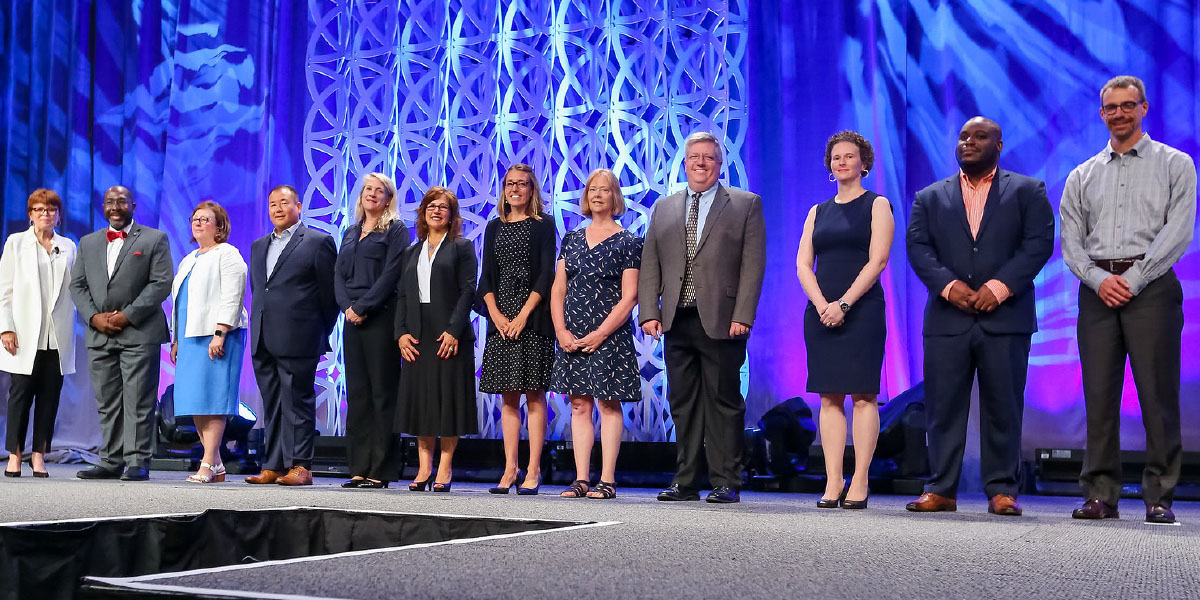At the 2019 annual meeting, NACUBO’s Sustainability Advisory Panel (SAP) unrolled its draft sustainability checklist for campuses to evaluate their overall sustainability success. This checklist includes various categories within planning and administration, academics, engagement, and operations to help institutions increase their environmental and financial sustainability.
SAP has created this simple list to trigger business and finance offices into discussion and action. According to Amir Mohammadi, SAP’s chair and the senior vice president for administration, global engagement, economic development and chief innovation officer at Slippery Rock University, Slippery Rock, Pa., “While some campuses actively have sustainability and the reduction of carbon in their primary mission, we need all campuses to actively improve their sustainability and reduce their carbon footprint. Higher education must lead the charge, and if not us, then who? And when it comes to climate, if not now, then when?”
SAP encourages business officers to review the list, incorporate it into campus conversations, ask staff pertinent questions, and ultimately take action to advance the financial and environmental sustainability of their campuses.
“Luther College has developed a robust sustainability program in most of these categories, but if I was at a small institution looking to get started in this work, this checklist would be very helpful,” says Eric Runestad, vice president for finance and administration, Luther College, Decorah, Iowa. “Smaller institutions face a greater challenge in this area. With limited resources and more existential pressures facing small, tuition-dependent institutions, the work on sustainability can be relegated to a lesser priority. However, a great deal of the work on sustainability serves the bottom line twice over—financial and social impact.”
Download the checklist to measure your campus sustainability efforts today.



